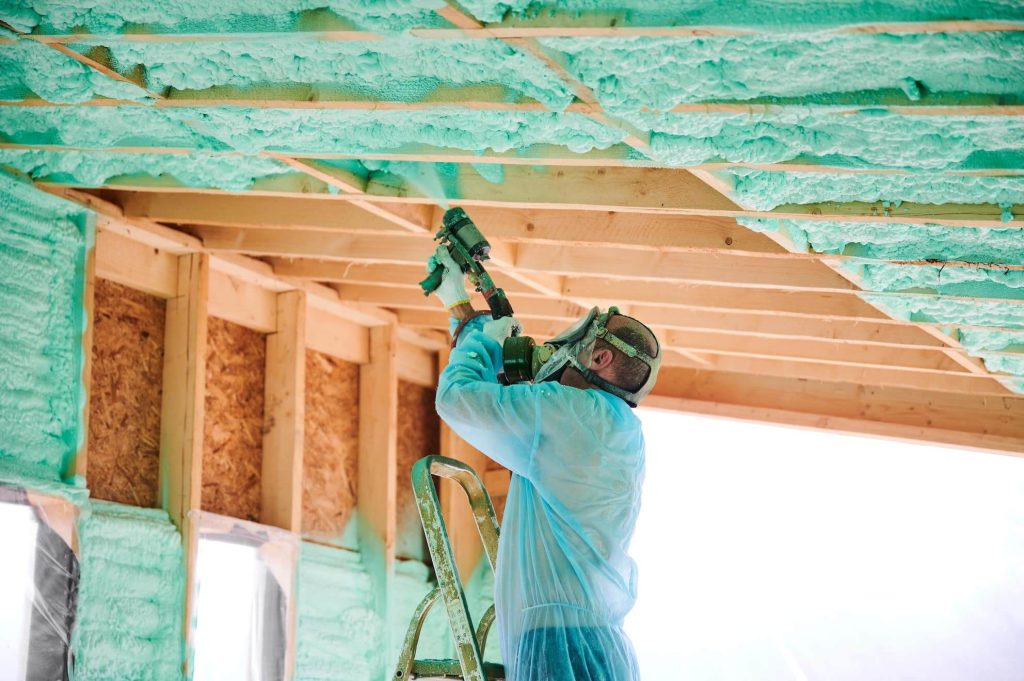Sustainable construction practices have become a pivotal focus in the field of architecture and building design, driven by the urgent need to mitigate environmental impacts and reduce energy consumption. One innovative solution that has gained prominence in recent years is the use of spray foam insulation. This advanced insulation technique not only enhances a building’s energy efficiency but also aligns with the principles of green building, making it a valuable tool in the construction industry’s efforts towards sustainability. Spray foam insulation is a versatile and effective method that involves spraying a mixture of liquid components onto surfaces, where it then expands and hardens, creating a seamless and airtight barrier. This technique offers numerous advantages over traditional insulation materials such as fiberglass or cellulose. One of its key benefits lies in its ability to tightly seal gaps and crevices, reducing air leakage and preventing drafts. This airtight seal contributes significantly to a building’s overall energy efficiency by minimizing the need for excessive heating or cooling, thus reducing the consumption of fossil fuels and lowering greenhouse gas emissions.

Furthermore, spray foam insulation exhibits impressive thermal resistance properties, commonly referred to as R-value. The R-value measures the material’s ability to resist heat transfer, and spray foam boasts higher R-values compared to traditional insulation. This means that buildings insulated with spray foam require less energy for temperature regulation, translating to decreased energy bills for occupants and reduced strain on local energy grids. In the realm of green building, the benefits of spray foam insulation are multifaceted. First and foremost, the reduction in energy consumption aligns perfectly with the sustainable building ethos. By minimizing the demand for energy, buildings with spray foam insulation contribute to the reduction of carbon footprints, aiding in the global effort to combat climate change. Its adaptability allows architects and builders to optimize designs for energy efficiency without compromising aesthetics or functionality. Additionally, spray foam insulation often lasts longer than traditional insulation materials, reducing the need for frequent replacements. This longevity minimizes waste generation and lessens the environmental impact associated with the production and disposal of insulation materials.
The versatility of spray foam insulation also plays a significant role in promoting sustainable structures. It can be applied to various surfaces, including walls, roofs, and even irregularly shaped spaces, ensuring comprehensive coverage and maximum effectiveness. However, it is important to acknowledge that while spray foam insulation offers substantial advantages, there are considerations to be aware of. The components used in spray foam insulation can have varying environmental impacts, depending on the type of foam and the blowing agents involved and visit site. It is crucial for builders to choose products with lower environmental impacts and to adhere to proper installation practices to ensure the insulation performs as intended. Its unique ability to create a seamless, airtight barrier that outperforms traditional insulation materials in terms of R-value and versatility makes it an attractive choice for architects, builders, and environmentally conscious individuals alike. As the construction industry continues to seek innovative ways to create greener buildings, spray foam insulation provides a clear path towards more sustainable and energy-efficient structures.